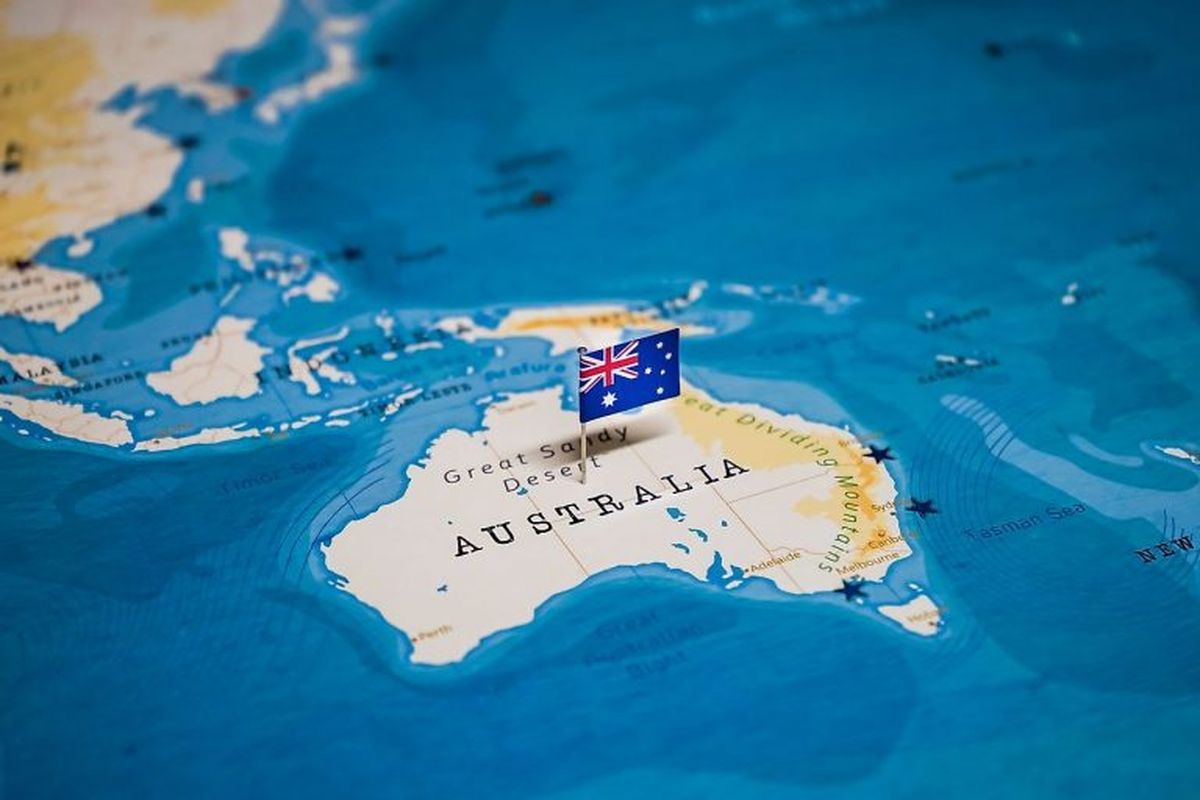In 2025, Australia faces its most severe economic crisis in six decades, marked by declining productivity, rising unemployment, and a significant drop in living standards. This downturn has far-reaching implications, not only for Australia but also for its trading partners, including Indonesia. Understanding the root causes, current impacts, and potential responses is crucial for navigating this challenging period.
Causes of the Economic Crisis
Declining Productivity
Australia's productivity growth has reached a 60-year low, hindering economic expansion and competitiveness. The Productivity Commission has identified 15 priority reforms to address these challenges, emphasizing the need for structural changes to boost efficiency and living standards.
Stagnant Wages and Inflation
Despite a 0.9% rise in wages during the March quarter, real household incomes have declined due to inflation outpacing wage growth. This erosion of purchasing power has led to reduced consumer spending, further slowing economic activity.
Policy Missteps and External Shocks
Aggressive interest rate hikes by the Reserve Bank of Australia (RBA) aimed at curbing inflation have inadvertently suppressed economic growth. Additionally, global factors such as supply chain disruptions and geopolitical tensions have exacerbated the economic downturn.
Impacts on Society and Economy
Rising Unemployment
The crisis has led to significant job losses, particularly in white-collar sectors. This "white-collar recession" has increased unemployment rates and created uncertainty in the labor market.
Declining Living Standards
Australians are experiencing the sharpest decline in living standards since 1959, with real household disposable income dropping by nearly 10%. This decline is attributed to stagnant wages, high household debt, and increased cost of living.
Strain on Public Services
The economic downturn has strained public services, including healthcare and education, as government revenues decline and demand for support increases. This has led to debates over policy priorities and resource allocation.
Responses and Strategies for Recovery
Government Initiatives
The Australian government has introduced the "Future Made in Australia" policy, focusing on industrial development and economic resilience. This includes investments in infrastructure, technology, and renewable energy to stimulate growth and create jobs.
Monetary Policy Adjustments
The RBA has begun to adjust its monetary policy stance, including reducing the cash rate to 3.85%, to support economic recovery. These measures aim to encourage borrowing and investment, though their effectiveness remains to be seen.
International Collaboration
Australia is strengthening economic ties with key partners, including Indonesia, through initiatives like the Indonesia-Australia Comprehensive Economic Partnership Agreement (IA-CEPA). These collaborations aim to boost trade, investment, and mutual economic growth.
Conclusion
Australia's economic crisis in 2025 presents significant challenges, but with targeted reforms, strategic investments, and international cooperation, recovery is achievable. By addressing structural issues and fostering resilience, Australia can navigate this downturn and emerge stronger in the years ahead.
Read More






 Sunday, 21-12-25
Sunday, 21-12-25







